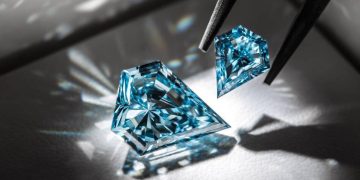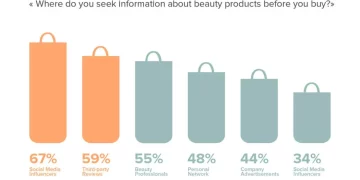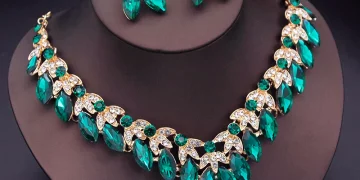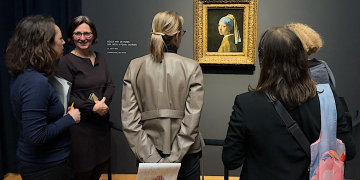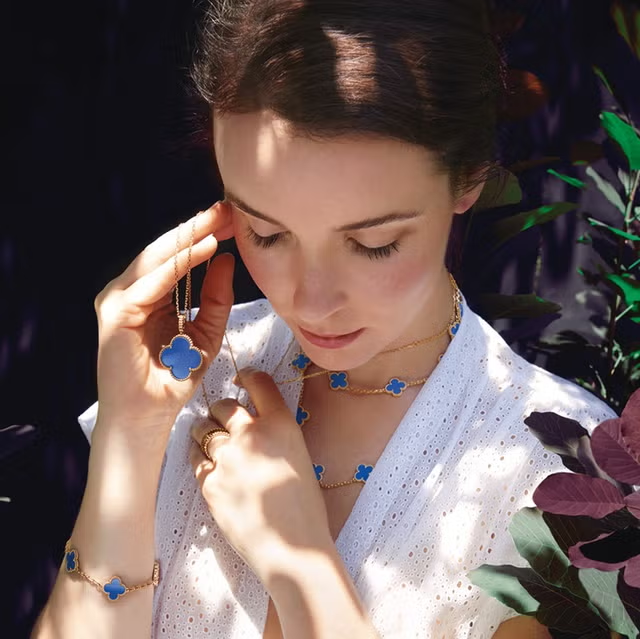In today’s digital world, social media has transformed the way luxury brands engage with their audiences, including top jewelry brands. Platforms like Instagram, TikTok, Facebook, and Pinterest have become crucial for marketing, customer engagement, and even sales. However, for luxury jewelry brands—such as Tiffany & Co., Cartier, Van Cleef & Arpels, and Bvlgari—maintaining their prestige, exclusivity, and uniqueness in an age dominated by social media can be a delicate balancing act. These brands must carefully craft their digital presence to preserve their high-end image while also engaging with a broader audience.
This article will explore the strategies that top jewelry brands use to navigate the social media landscape and maintain their luxury image, while simultaneously expanding their reach and influence.
1. Curating an Exclusive Digital Experience
A. Limiting Access to High-Profile Content
Top jewelry brands have long been associated with exclusivity. This sense of privilege is a cornerstone of their high-end image and one of the reasons their products are so coveted. To maintain this exclusivity in the social media era, luxury jewelry brands often limit the access to their content, making it feel like only a select few can truly experience their brand.
For example, while the general public can view content online, brands like Cartier and Van Cleef & Arpels will often reserve certain pieces of content for their VIP customers or invited guests. This can take the form of private events, exclusive launches, or behind-the-scenes videos that are only accessible to high-profile followers or people with special access.
To further elevate the brand’s aura of exclusivity, jewelry brands are known for strategic collaborations with celebrities, high-profile influencers, or even artists who resonate with their target audience. These collaborations are often showcased on social media, but with an element of mystery, making the audience feel that these partnerships are part of an elite world.
B. Maintaining Brand Aesthetics Across Platforms
Luxury jewelry brands use social media to project a refined and consistent aesthetic that mirrors the elegance and exclusivity of their physical stores. By curating their Instagram grids or TikTok feeds with a focus on elegant visuals, luxurious imagery, and polished videos, top jewelry brands reinforce their high-end image. These brands often employ professional photographers and stylists to ensure that every post aligns with their desired aesthetic and is not diluted by the chaotic, fast-paced nature of social media.
Additionally, the tone of voice used in captions, messaging, and interactions on social media reflects the brand’s luxurious positioning. High-end brands typically maintain a more formal or refined tone when engaging with their audience, distinguishing them from more casual or accessible brands.
2. Emphasizing Storytelling and Heritage
A. Showcasing Craftsmanship and Heritage
One of the defining features of luxury jewelry is its timelessness and craftsmanship. Social media allows brands to showcase the heritage and artistry behind their jewelry, which is integral to their high-end appeal. Rather than just posting pictures of jewelry, top brands focus on telling the stories behind their pieces, including the design process, the materials used, and the history of the brand itself.
For instance, Cartier frequently shares stories about its iconic collections, such as the Love Bracelet or the Panther motif, highlighting their history, design evolution, and cultural significance. These posts not only create a deeper emotional connection with the audience but also emphasize the legacy and artistic excellence that are often associated with luxury brands.
Luxury brands also use social media to highlight their craftsmanship, often featuring videos or photographs of artisans at work, emphasizing the attention to detail that goes into each piece. This narrative adds layers of authenticity and exclusivity, which are key to preserving the luxurious aura.
B. Creating Emotional and Personal Connections
In the digital age, many jewelry brands focus on emotional storytelling to create deeper connections with their consumers. Jewelry is often bought to mark special moments, whether it’s a wedding, anniversary, or celebration of love. Social media enables jewelry brands to tap into these emotions, sharing stories of real customers who have purchased jewelry for important milestones.
By using user-generated content (UGC) and customer testimonials, jewelry brands like Tiffany & Co. and Harry Winston make their audience feel that they too are part of the legacy and exclusivity associated with the brand. These brands often encourage their customers to share moments wearing their jewelry, using branded hashtags or through private, invite-only social media campaigns. This approach can help the brand stay relatable while maintaining its high-end image.
3. Collaborating with High-Profile Influencers and Celebrities
A. Carefully Selecting Brand Ambassadors
Social media influencers and celebrities play a massive role in the luxury jewelry market. However, for top jewelry brands, it is not about partnering with just anyone—they must align with personalities who enhance the brand’s prestige. Influencers and celebrities must embody the brand’s values, image, and target audience while offering a certain level of exclusivity and sophistication.
For example, Bvlgari has consistently worked with A-list celebrities such as Lupita Nyong’o and Zendaya, while Chopard has collaborated with the Cannes Film Festival, ensuring that their jewelry is associated with elegance, sophistication, and glamour. These high-profile collaborations make the jewelry appear even more aspirational and help it maintain its luxury positioning.
B. Limiting Collaborations to Maintain Exclusivity
While social media is an open platform, top jewelry brands do not flood their pages with influencer posts. They carefully select their brand ambassadors and partnerships to ensure the exclusivity of these relationships. By working with only a few select individuals, they can maintain the elite nature of the brand while still reaping the benefits of social media exposure.
Moreover, many luxury brands ensure that influencer and celebrity collaborations remain subtle and understated, in keeping with their exclusive image. Rather than heavily promoting these collaborations, the brands let the influence of the personalities speak for itself.
4. Engaging in Social Responsibility and Sustainability
A. Highlighting Ethical Practices
Today’s luxury jewelry consumers are more conscious than ever about the ethics and sustainability of the brands they support. Social media gives top jewelry brands the platform to showcase their commitment to responsible sourcing, ethical production, and environmental sustainability.
Luxury brands like Tiffany & Co. and Chopard are pioneers in promoting responsible sourcing of conflict-free diamonds, fair trade gold, and using lab-grown diamonds. By showcasing these efforts on social media through educational posts, documentary-style videos, and environmentally focused campaigns, these brands reinforce their high-end reputation while appealing to socially conscious consumers.
B. Connecting Sustainability with Luxury
Top jewelry brands have also discovered a way to link sustainability to the idea of luxury. Rather than seeing ethical practices as a compromise, these brands portray their commitment to sustainability as an additional layer of value. They make it clear that their jewelry is not just luxurious in terms of craftsmanship and design, but also in terms of its positive impact on society and the planet. This strategic use of social media to promote sustainability helps elevate the brand’s prestige even further.

5. Engaging with a Community of Affluent Consumers
A. Building a VIP Social Media Following
Top jewelry brands often use social media to cultivate an exclusive community. For example, they may run private events, contests, or experiences that are only available to followers or customers who meet specific criteria, such as VIP members or high-spending clients. These exclusive social media experiences enhance the sense of belonging to an elite group, fostering a deeper connection with the brand.
Moreover, brands may use private groups or invitation-only events (both online and offline) to interact with their most loyal followers or customers. This tactic further strengthens the exclusivity that is core to luxury jewelry brands.
Conclusion: Maintaining Prestige in the Social Media Era
The key for top jewelry brands to thrive in the social media era is to strategically navigate the digital landscape without compromising their unique position in the market. By curating exclusive content, emphasizing craftsmanship and heritage, collaborating with the right influencers, and engaging with consumers in a way that maintains their brand’s luxury aura, these brands can continue to thrive. Social media, when used wisely, is not a challenge but an opportunity for jewelry brands to expand their reach, enhance their image, and connect with affluent customers around the globe, while maintaining their prestige, exclusivity, and uniqueness.
By embracing these strategies, top jewelry brands can successfully adapt to the social media era without diluting the luxury image that their customers know and love.



